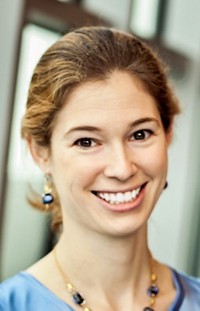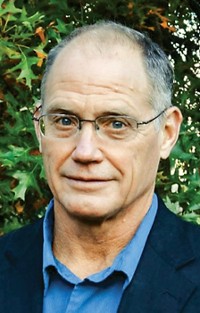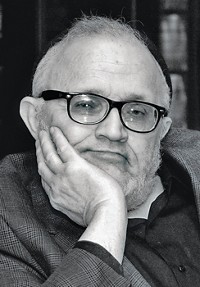Advertisement
Grab your lab coat. Let's get started
Welcome!
Welcome!
Create an account below to get 6 C&EN articles per month, receive newsletters and more - all free.
It seems this is your first time logging in online. Please enter the following information to continue.
As an ACS member you automatically get access to this site. All we need is few more details to create your reading experience.
Not you? Sign in with a different account.
Not you? Sign in with a different account.
ERROR 1
ERROR 1
ERROR 2
ERROR 2
ERROR 2
ERROR 2
ERROR 2
Password and Confirm password must match.
If you have an ACS member number, please enter it here so we can link this account to your membership. (optional)
ERROR 2
ACS values your privacy. By submitting your information, you are gaining access to C&EN and subscribing to our weekly newsletter. We use the information you provide to make your reading experience better, and we will never sell your data to third party members.
Synthesis
Alfred Burger Award In Medicinal Chemistry
Sponsored by GlaxoSmithKline
by Sophie L. Rovner
January 11, 2010
| A version of this story appeared in
Volume 88, Issue 2
Edward C. Taylor, the A. Barton Hepburn Professor of Organic Chemistry Emeritus at Princeton University, is “one of the foremost heterocyclic chemists in the world,” says department chair Robert J. Cava. “There is hardly a synthetic or medicinal chemist practicing today who has not benefited from Taylor’s contributions to the concepts and methods of heterocycle synthesis.”
Taylor’s expertise “has been greatly valued by the pharmaceutical industry,” adds former postdoc Huw M. L. Davies, now an Emory University chemistry professor. Taylor’s “career-long fascination with the pteridine heterocyclic system resulted in a spectacular breakthrough with the discovery of a significant anticancer agent,” Davies says.
For more than 60 years, Taylor, 86, “has explored the chemistry and synthesis of heterocyclic systems,” Cava says. “He has repeatedly demonstrated that rational syntheses of complex heterocyclic systems can be devised by sequential condensations, ring cleavages, and rearrangement reactions.”
Taylor’s synthesis of 9-substituted adenines from furazanopyrimidines has “become the method of choice for the preparation of these important nucleoside bases,” Cava says.
Taylor also helped create novel thallium reagents and more than 130 new chemical transformations that utilize them.
In addition, he studied heterocyclic folates and related compounds, including pteridines from butterfly wings. The work led to his discovery of an antitumor agent that interferes with cells’ use of folates, which are needed for cell division and growth. During a subsequent collaboration with Eli Lilly & Co., Taylor designed and synthesized another antifolate that, when administered with folic acid and vitamin B-12, still kills cancer cells but is much less toxic to normal cells than other compounds.
This powerful cancer drug, which Lilly markets as Alimta, is “accessible through an effective synthesis from simple raw materials,” Cava says. “This is a crowning achievement of an organic chemist who has shaped the field of heterocyclic chemistry.”
Taylor recently heard from a mesothelioma patient who had been given two months to live. After being prescribed Alimta, the man “now has no visible evidence of residual disease,” Taylor says. “I’m just tickled to pieces that Alimta works so well—and quite astonished.”
That patient’s fate could have been entirely different if a coin toss had gone another way. Taylor planned to major in English when he enrolled at Hamilton College, in Clinton, N.Y. He’d hated his sole high school science class, but Hamilton required him to take another, so he flipped a coin and ended up in chemistry. “I was fascinated from the very first lecture,” Taylor recalls.
He transferred to Cornell University, where he earned a B.A. in chemistry in 1946 and a Ph.D. in organic chemistry in 1949. After postdoctoral fellowships at the Swiss Federal Institute of Technology (ETH), Zurich, and the University of Illinois, he joined the Illinois faculty. Taylor moved to Princeton in 1954 as an assistant professor and was promoted to full professor in 1964.
Taylor’s honors include the ACS Award for Creative Work in Synthetic Organic Chemistry (1974), the International Society of Heterocyclic Chemistry’s Senior Award in Heterocyclic Chemistry (1989), and ACS’s Arthur C. Cope Scholar Award (1994).
Taylor will present the award address before the Division of Medicinal Chemistry.






Join the conversation
Contact the reporter
Submit a Letter to the Editor for publication
Engage with us on Twitter